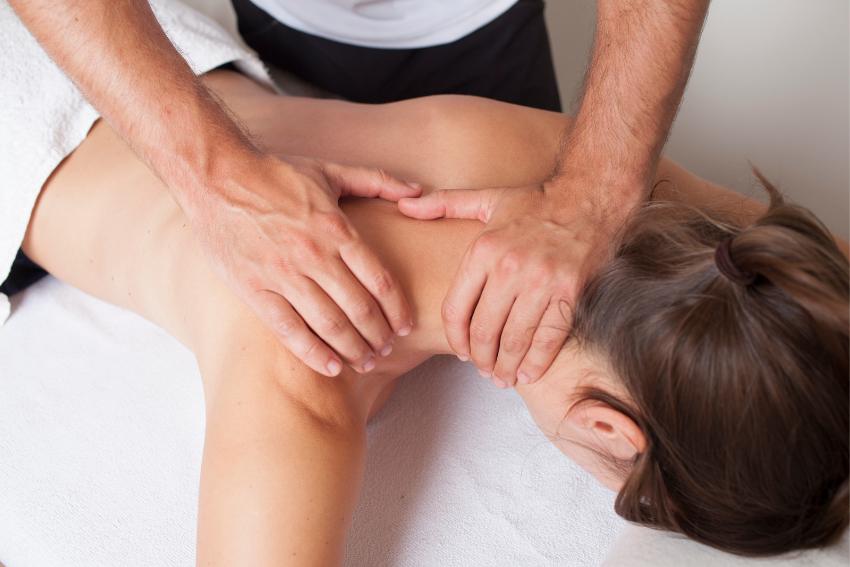Craniosacral Therapy For Mothers And Babies
By Andrew Radley - Craniosacral Therapist
One of the things I most enjoy about being a craniosacral therapist is having the privilege of working regularly with Mothers and Babies.
Having a child is one of life’s most profound events. Craniosacral Therapy (CST) can help provide support to mothers, partners and babies in this period of physical, emotional and psychological change.
Ante-natal Treatments:
As your body supports, holds, and nurtures your developing baby, CST can provide a calm, welcoming and accepting space where you can be supported, held and nurtured.
Modern life is fast-paced, and full of competing calls on our attention. Our autonomic nervous system - the control system of the body that is largely unconscious - can often get overstimulated into a fight / flight state (sympathetic branch). CST can help you regulate your autonomic nervous system and gently bring your body into the rest / digest state (parasympathetic branch).
Studies have shown that finding a calm, spacious time for yourself and settling your nervous system, is not only good for you, but it can also be very beneficial for the developing nervous system of your child.
As your body changes and softens to accommodate your growing baby and prepares to give birth, CST can also help relieve the minor ailments such as back, shoulder and neck pain, that sometimes can accompany this time.
Treatments are carried out fully clothed, normally whilst side-lying on a treatment couch. It is common to feel warmth, gentle tingling and a greater sense of ease as your body softens, opens and releases.
Baby Treatments:
Birth is a natural process that evolution has designed us to experience, but it is not always easy. It can be a tough transition from womb to the outside world for some little ones and their mums!
Newborns can face many challenges including tongue tie, poor latch for sucking, colic, constipation, torticollis, gastric reflux or sleep issues. Often these issues are related to their birth journey, even if interventions such as forceps or ventouse extraction haven’t taken place.
Constrictions from the birth can be held in the neck, skull, spine, shoulders and hips which, in turn can restrict the cranial, spinal and peripheral nerves, interfering with feeding and sleep patterns, as well as how well the baby is able to settle.
CST can help your baby find more ease and comfort as well as providing an open, welcoming space for them to gently process any residual birth experiences that might still be held in their bodies, or process and release shock from their nervous systems.
Studies have shown that a couple of treatments at this early stage can reap huge benefits in a baby’s future, helping support the next stages of their neurological and relational development.
I always work with mothers and babies together – and fathers or partners are always welcome to join the session! At this early stage of life, a baby’s nervous system is very highly attuned to the nervous systems of its primary caregivers. I often find that when a mother and father are able to find space and process the birth for themselves, (or even just the exhaustion of having a newborn), the baby begins to settle too, and bonding between the family unit deepens in a really beautiful way.
As CST is totally non-manipulative and extremely gentle, it is suitable for babies of all ages. I generally work with babies whilst they are in their mother’s arms, on her lap or whilst feeding, but I’m also very used to working with babies in car seats. I often like to work with mother and baby together on the treatment couch if it feels appropriate.
A typical session will be between 30 mins and an hour. You should see a difference after one treatment, but several sessions might be required depending on how established restrictions have become.
If you have any questions about CST and whether it might be able to help you or your baby please get in touch either by calling the Complementary Health Partnership reception on 01372 464 659 or emailing me using the form below






